Disaster risk profile warns Canada ill-prepared for major earthquake
Author of the article:Canadian Press
Canadian Press
Mia Rabson
Published May 11, 2023 • Last updated 1 day ago • 3 minute read
OTTAWA — The first draft of a new national disaster risk assessment report warns that a major earthquake in British Columbia or parts of Ontario and Quebec could swiftly become the most costly natural disaster Canada has seen.
The national risk profile published Thursday morning is the government’s first attempt to identify the biggest threats Canada faces from natural disasters and to find ways to limit the possible damage.
“It’s kind of like driving down the highway, and this is our attempt to illuminate — to turn the lights on and illuminate further down the road so that people can anticipate hazards,” said Emergency Preparedness Minister Bill Blair at a news conference.
This first report is addressing floods, fires and earthquakes. Extreme heat and hurricanes will come in the next version.
And at the moment, even though floods and fires have become annual problems in much of the country the Canadian public seems ill-informed and ill-prepared for the growing risks of natural disasters.
There are also major gaps in government planning, limited knowledge of what mitigation measures will work best, and problems co-ordinating between levels of government when disaster strikes.
The report said that in 2021, a public opinion survey found three-quarters of Canadians felt they lived in low- or moderate-risk areas for natural disasters, and all but a small portion of the rest said they had no idea what their risk level was.
Further, only one in 10 Canadians had done anything to reduce the risk a weather-related emergency posed to their home.
Earthquakes are rarer in Canada than flooding and wildfires, but when a big one hits the damage will be far greater.
British Columbia is at risk for an earthquake of up to a 9.0 magnitude. For comparison, the quake that hit Turkey and Syria in February was a 7.8. It was a 9.0 magnitude earthquake in Japan that triggered a 15-metre tsunami in 2011, disabling the power supply and cooling systems at a nuclear power plant.
The Insurance Bureau of Canada said in the report that damages from a 9.0 quake in B.C. could top $75 billion. To date, the costliest natural disaster in Canada was the 2017 wildfire in Fort McMurray, Alta., which resulted in about $10 billion in losses.
Quebec has two seismic zones, and while resulting earthquakes aren’t likely to have as high a magnitude as those in B.C., the insurance bureau estimates a major quake there could cause up to $61 billion in losses. The Charlevoix Seismic Zone in northeastern Quebec has had a least five earthquakes greater than 6.0 magnitude in the last four centuries.
“Expected losses from a 1-in-500 year earthquake in the Charlevoix Seismic Zone or on Canada’s West Coast would be higher than any natural hazard the country has experienced,” the report said.
What raises the earthquake risk even more is that the zones will touch on many of Canada’s most populated cities — Vancouver, Montreal, Ottawa, Toronto and Quebec City.
Because of the geology of the Quebec-Ontario region, and the fact many of the buildings in parts of those cities were built before building codes included earthquake preparedness, a smaller quake can do greater damage.
Canada is planning to launch an early-warning system for earthquakes next year, which can give precious seconds of time to those who are not at the immediate epicentre to get to safety before serious shaking begins.
Blair said there are also efforts to provide modern flood maps that are better indicators of which homes or businesses face the biggest risk from flooding. The budget in March also promised $15.3 million to create an online portal where Canadians can access information on their property.
He said there are some efforts underway to do mapping for fire risk, too.
Blair said severe events have been increasing in frequency and severity, and officials must reflect on what might be coming to make sure the country is prepared.
He said the findings of the report show the need to make “significant investment, for example in certain types of critical infrastructure, to prevent these types of events.”

 torontosun.com
torontosun.com
Author of the article:Canadian Press
Canadian Press
Mia Rabson
Published May 11, 2023 • Last updated 1 day ago • 3 minute read
OTTAWA — The first draft of a new national disaster risk assessment report warns that a major earthquake in British Columbia or parts of Ontario and Quebec could swiftly become the most costly natural disaster Canada has seen.
The national risk profile published Thursday morning is the government’s first attempt to identify the biggest threats Canada faces from natural disasters and to find ways to limit the possible damage.
“It’s kind of like driving down the highway, and this is our attempt to illuminate — to turn the lights on and illuminate further down the road so that people can anticipate hazards,” said Emergency Preparedness Minister Bill Blair at a news conference.
This first report is addressing floods, fires and earthquakes. Extreme heat and hurricanes will come in the next version.
And at the moment, even though floods and fires have become annual problems in much of the country the Canadian public seems ill-informed and ill-prepared for the growing risks of natural disasters.
There are also major gaps in government planning, limited knowledge of what mitigation measures will work best, and problems co-ordinating between levels of government when disaster strikes.
The report said that in 2021, a public opinion survey found three-quarters of Canadians felt they lived in low- or moderate-risk areas for natural disasters, and all but a small portion of the rest said they had no idea what their risk level was.
Further, only one in 10 Canadians had done anything to reduce the risk a weather-related emergency posed to their home.
Earthquakes are rarer in Canada than flooding and wildfires, but when a big one hits the damage will be far greater.
British Columbia is at risk for an earthquake of up to a 9.0 magnitude. For comparison, the quake that hit Turkey and Syria in February was a 7.8. It was a 9.0 magnitude earthquake in Japan that triggered a 15-metre tsunami in 2011, disabling the power supply and cooling systems at a nuclear power plant.
The Insurance Bureau of Canada said in the report that damages from a 9.0 quake in B.C. could top $75 billion. To date, the costliest natural disaster in Canada was the 2017 wildfire in Fort McMurray, Alta., which resulted in about $10 billion in losses.
Quebec has two seismic zones, and while resulting earthquakes aren’t likely to have as high a magnitude as those in B.C., the insurance bureau estimates a major quake there could cause up to $61 billion in losses. The Charlevoix Seismic Zone in northeastern Quebec has had a least five earthquakes greater than 6.0 magnitude in the last four centuries.
“Expected losses from a 1-in-500 year earthquake in the Charlevoix Seismic Zone or on Canada’s West Coast would be higher than any natural hazard the country has experienced,” the report said.
What raises the earthquake risk even more is that the zones will touch on many of Canada’s most populated cities — Vancouver, Montreal, Ottawa, Toronto and Quebec City.
Because of the geology of the Quebec-Ontario region, and the fact many of the buildings in parts of those cities were built before building codes included earthquake preparedness, a smaller quake can do greater damage.
Canada is planning to launch an early-warning system for earthquakes next year, which can give precious seconds of time to those who are not at the immediate epicentre to get to safety before serious shaking begins.
Blair said there are also efforts to provide modern flood maps that are better indicators of which homes or businesses face the biggest risk from flooding. The budget in March also promised $15.3 million to create an online portal where Canadians can access information on their property.
He said there are some efforts underway to do mapping for fire risk, too.
Blair said severe events have been increasing in frequency and severity, and officials must reflect on what might be coming to make sure the country is prepared.
He said the findings of the report show the need to make “significant investment, for example in certain types of critical infrastructure, to prevent these types of events.”

Disaster risk profile warns Canada ill-prepared for major earthquake
The first draft of a new national disaster risk assessment report warns that a major earthquake could become most costly disaster in Canada.

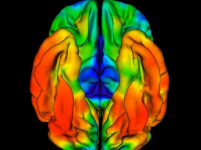
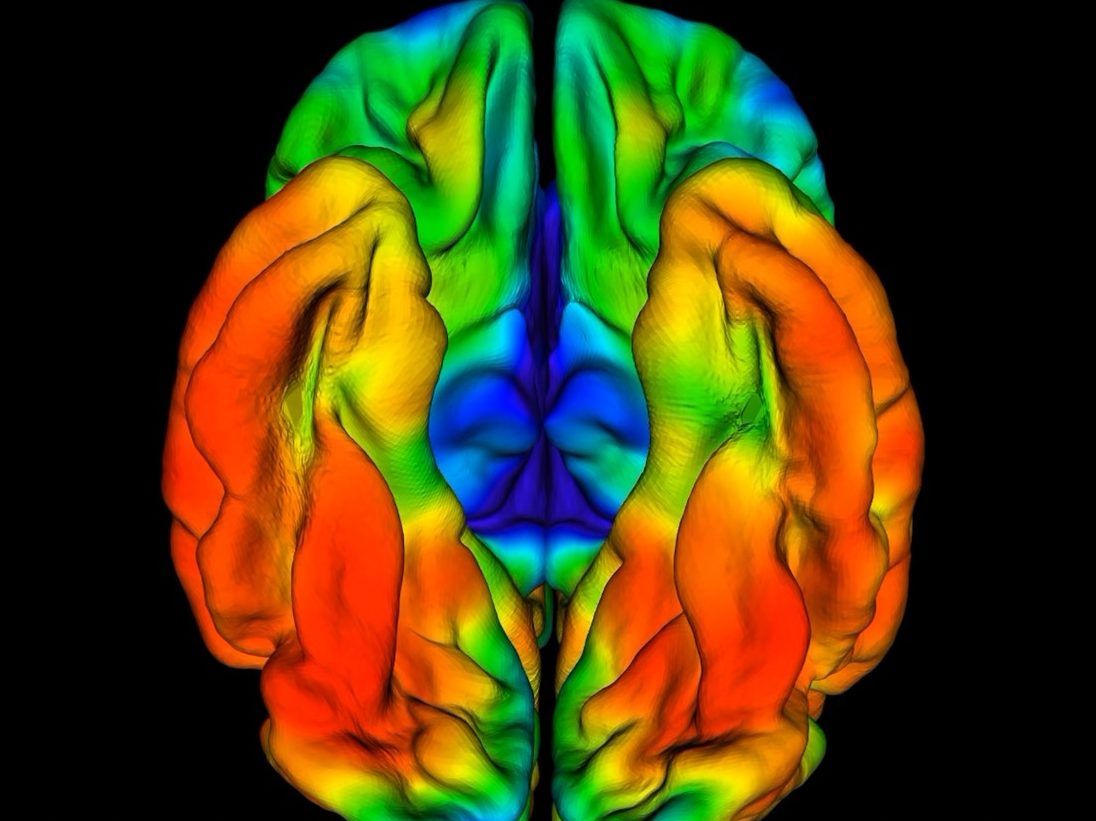
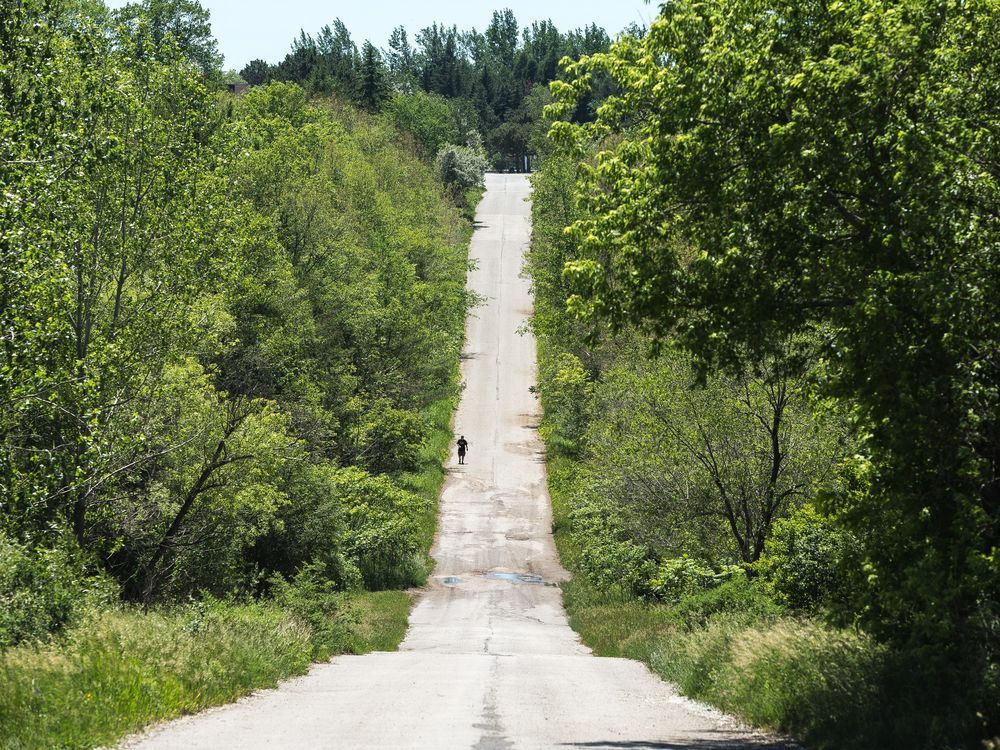

![SCIENCE-HUMANS_[1].jpg SCIENCE-HUMANS_[1].jpg](https://forums.canadiancontent.net/data/attachments/16/16522-4e06dcc58b03d7777e14ee78bb4bfdda.jpg)
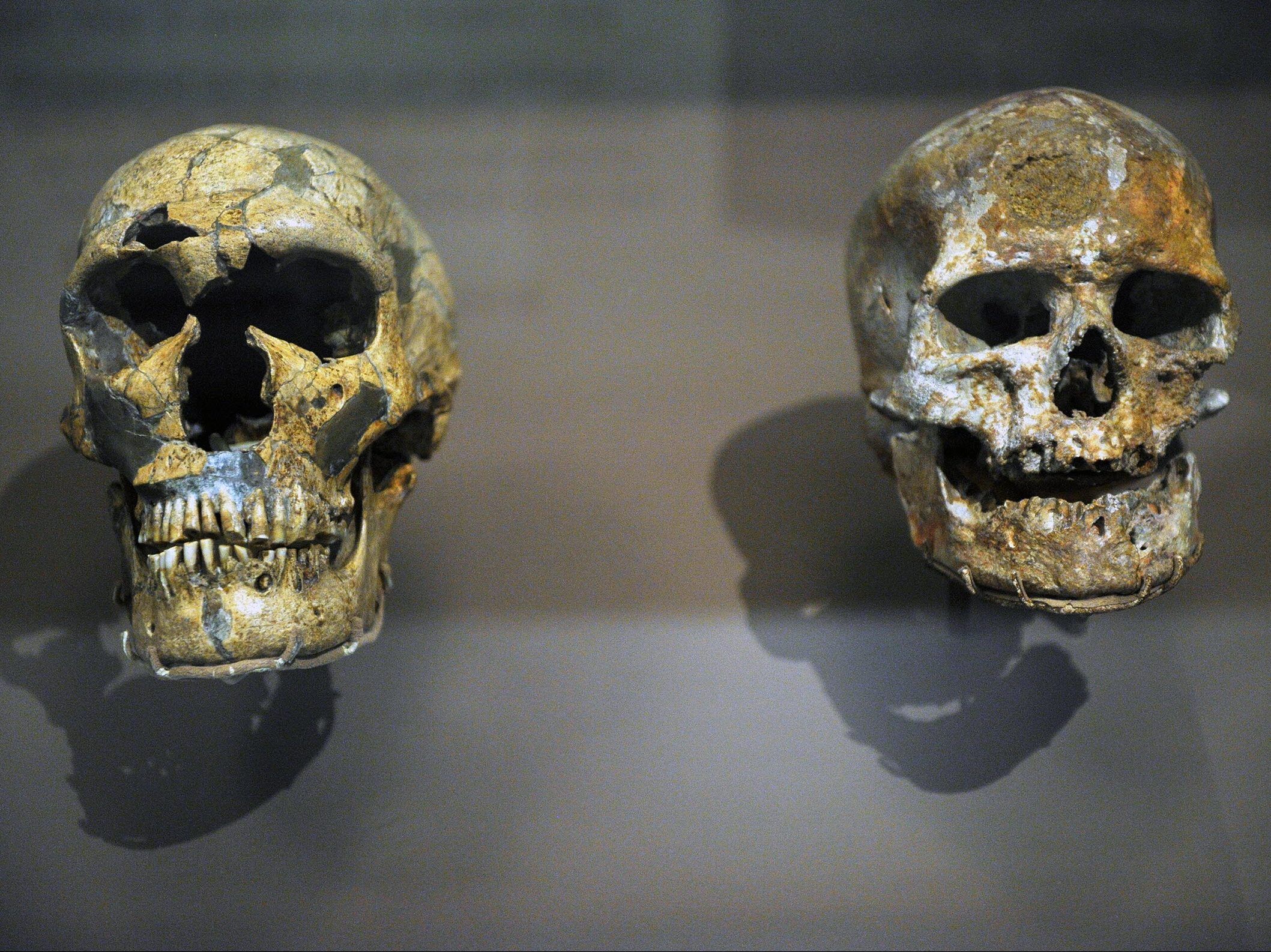
![US-MUSEUM-HISTORY-e1684450948823[1].jpg](/data/attachments/16/16521-018ef25f3e68716afd05f03a62558f54.jpg)

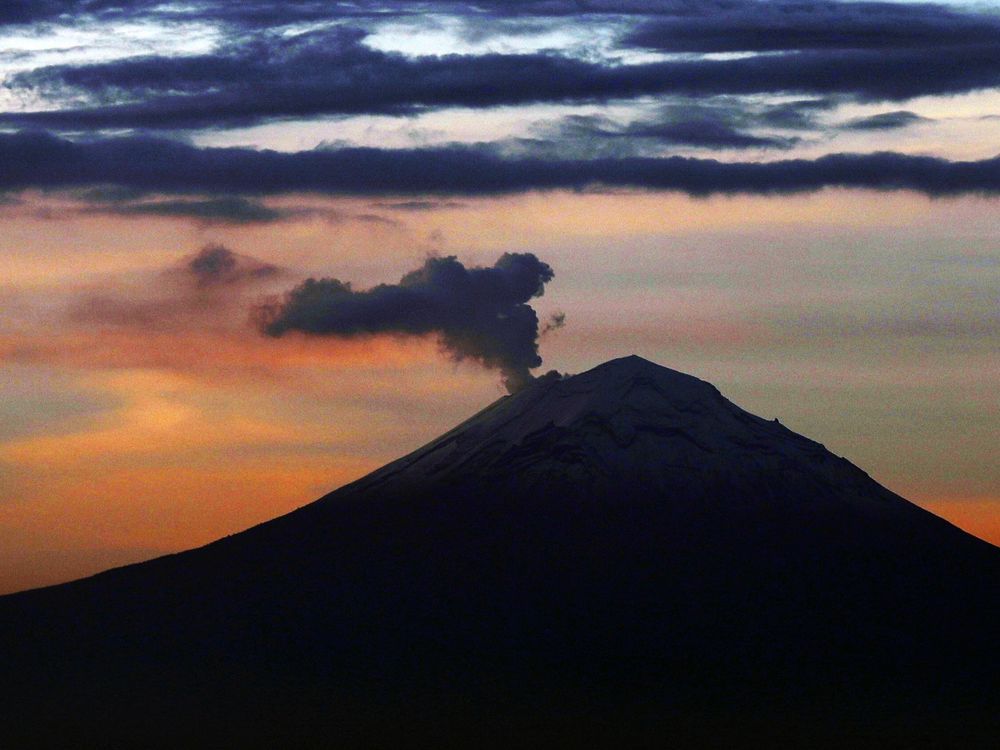


![AFP_33GF7FU.jpg-scaled[1].jpeg AFP_33GF7FU.jpg-scaled[1].jpeg](https://forums.canadiancontent.net/data/attachments/16/16617-a923d39a9c8534ff279e58116bc9634b.jpg)

![20230528090528-6473571a96c71699cd0865dfjpeg-scaled[1].jpg](/data/attachments/16/16615-a7625176793162e0a22960bd991b6e13.jpg)

